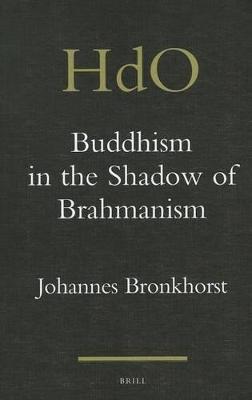Handbook of Oriental Studies. Section 2 South Asia
2 primary works • 3 total works
Book 24
For many centuries Buddhism and Brahmanism coexisted in the Indian subcontinent. This book concentrates on the way in which the two, after an initial period of relative independence, confronted each other, both in and around the royal courts and in society at large. In this confrontation, Buddhism was strong in philosophical debate, but could not compete with Brahmanism in the services it could provide to the centres of political power, primarily ritual protection and practical advice. Buddhism evolved in both areas, providing practical advice to lay people and rulers from early Mahayana onward, and ritual protection in its Tantric developments. Some of these developments came too late, though, and could not prevent the disappearance of Buddhism from the subcontinent.
Book 30
This is the first study to systematically confront the question how Brahmanism, which was geographically limited and under threat during the final centuries BCE, transformed itself and spread all over South and Southeast Asia. Brahmanism spread over this vast area without the support of an empire, without the help of conquering armies, and without the intermediary of religious missionaries. This phenomenon has no parallel in world history, yet shaped a major portion of the surface of the earth for a number of centuries. This book focuses on the formative period of this phenomenon, roughly between Alexander and the Guptas.


